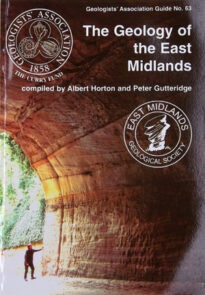Fossil Hunting along the Jurassic Coast is presented by Dr Colin Dawes, a well-known, fossil hunting guide in the world-famous palaeontological site of Lyme Regis.


Fossil Hunting along the Jurassic Coast is presented by Dr Colin Dawes, a well-known, fossil hunting guide in the world-famous palaeontological site of Lyme Regis.

This is another of the GA’s short guides, being only 21 pages long and therefore easy to put in a cagoule pocket. Importantly, the five excursions described in the guide are centred on the city of Plymouth. Therefore, the logistics necessary to visit the itineraries should be relatively easy.
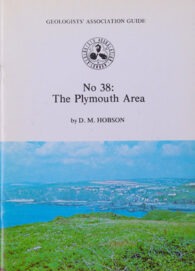
This GA guide is stated to be a “Geology Teaching Trail”. Well, it may be, but when I ambled along the trail with the guide in my hand, I certainly wasn’t in a teaching situation. Rather, I was out for a nice walk and a guide to explain what I was seeing. And it did just that and the classic Silurian/Ordovician unconformity you can see was just that. Classic!
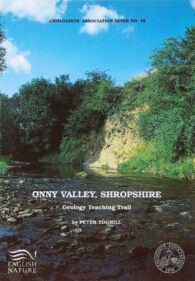
The Crowood Press are really developing a nice little series of books on the landscape and geology of select regions of the British Isles, and Tony Waltham’s addition to the series about the Peak District is well worth a read. This new one follows the same format as the others – beautiful, full colour photos and diagrams, a fascinating chapter on each of the important geological and geomorphological aspects of the area (including buildings and industry), and an author who knows his stuff and can write it down with an easy and authoritative style.
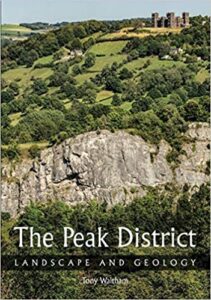
West Dorset is rightly famous for its fossils, but few people visit its wonderful, fossiliferous cliffs to look at them as landforms, rather than as an endless source of ammonites and belemnites. This guide does just that and, covers a series of itineraries in the context of landform type.
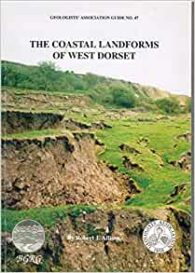
This GA guide is intended as a major guidebook to the exposures of highly significant Precambrian, Carboniferous and Permo-Triassic sediments, through to Jurassic rocks of the East Midlands. Personally, it is an area I only partly know (I know Edale in the Peak District quite well) and, for that reason, is an interesting set of locations for me.
